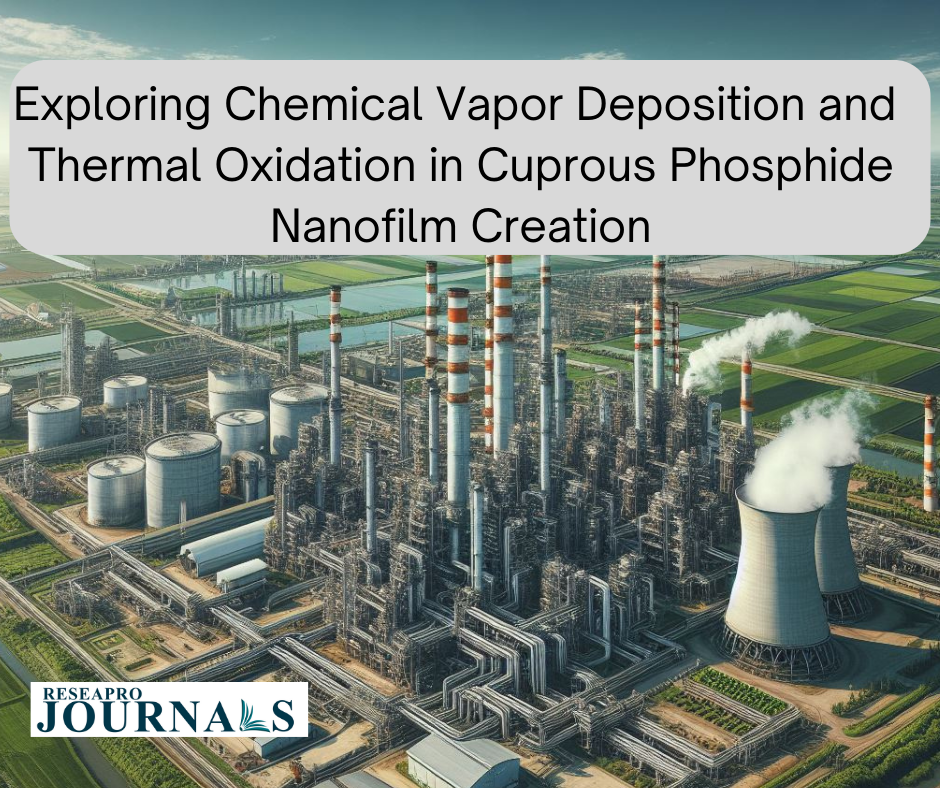Chemical vapor deposition (CVD) and thermal oxidation are two promising techniques for creating cuprous phosphide (Cu3P) nanofilms. Cu3P is a p-type semiconductor material with unique properties that make it attractive for various applications, including optoelectronics, catalysis, and energy storage.
Chemical Vapor Deposition (CVD)
CVD is a versatile thin film deposition technique that involves the reaction of gaseous precursors on a heated substrate. In the case of Cu3P nanofilm fabrication, phosphine (PH3) and a copper-containing precursor, such as copper(I) chloride (CuCl), are introduced into a reaction chamber under controlled temperature and pressure conditions. The precursors react on the heated substrate to form Cu3P nanofilm.
Thermal Oxidation
Thermal oxidation, also known as thermo-oxidation, is a process that involves exposing a material to an oxidizing environment at elevated temperatures. In the context of Cu3P nanofilm creation, Cu3P nanocrystals are exposed to an oxygen-rich atmosphere at temperatures around 400-500 °C. This process leads to the formation of a thin oxide layer on the surface of the Cu3P nanocrystals, typically copper oxide (CuO) or copper oxide phosphate (CuO(PO4)).
Applications of Cu3P Nanofilms
Cu3P nanofilms exhibit promising properties for various applications, including:
-
Optoelectronics: Cu3P nanofilms can be used as transparent electrodes in solar cells and light-emitting diodes (LEDs).
-
Catalysis: Cu3P nanofilms can act as catalysts for various chemical reactions, such as the hydrogen evolution reaction (HER) and the oxygen reduction reaction (ORR).
-
Energy Storage: Cu3P nanofilms can be used as anode materials in lithium-ion batteries due to their high theoretical capacity.
CVD and thermal oxidation are valuable techniques for fabricating Cu3P nanofilms with tailored properties for various applications. The choice between these methods depends on the specific requirements of the application, such as film thickness, morphology, and electrical conductivity. Continued research and development in Cu3P nanofilm synthesis are expected to further expand the potential applications of this promising material.




